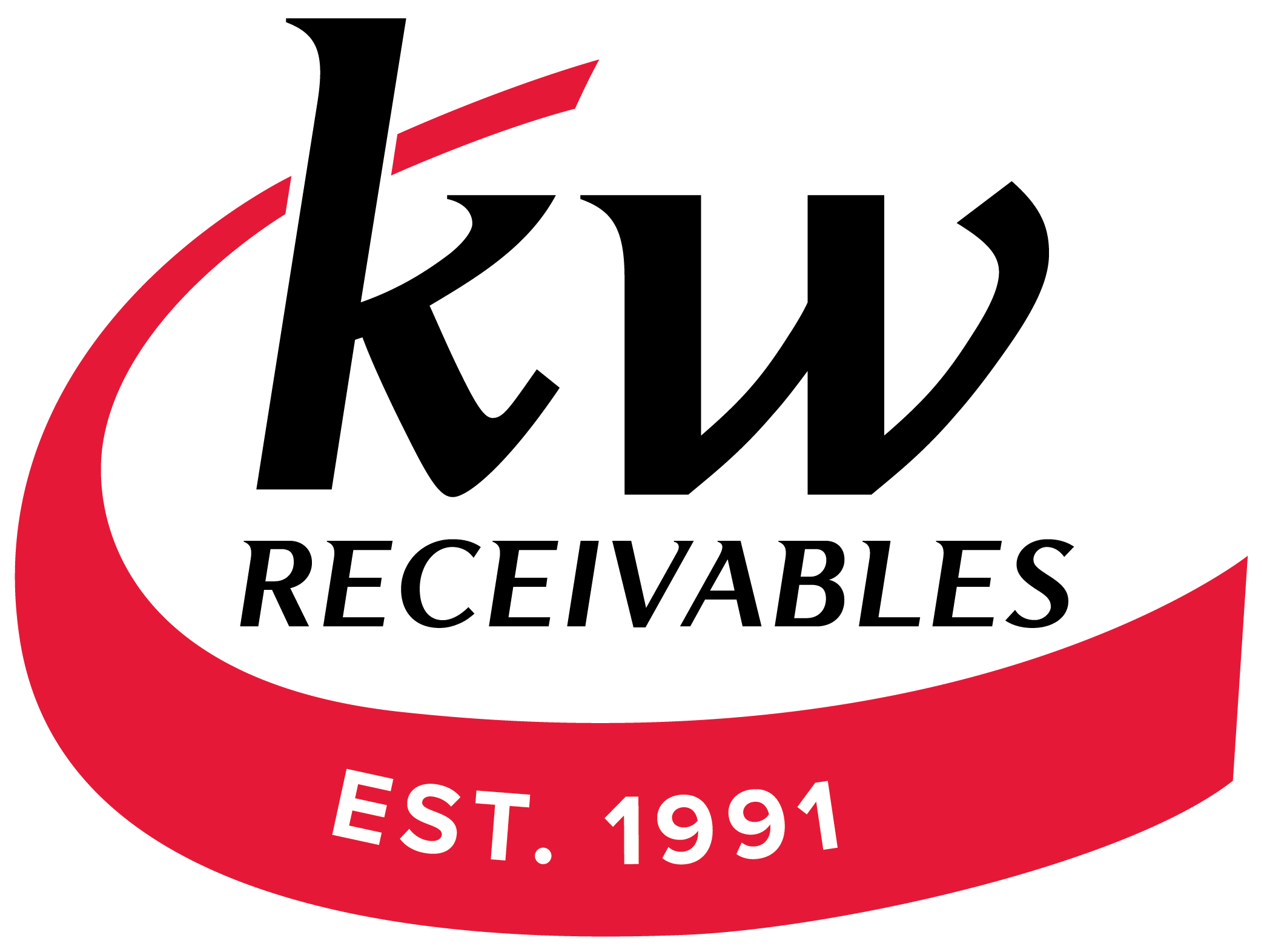For small business owners, maintaining a healthy cash flow is crucial to their success. It’s the lifeblood of any enterprise, ensuring that bills are paid, employees are compensated, and operations run smoothly. However, many entrepreneurs find themselves navigating a financial tightrope, struggling to balance income and expenses. At KW Receivables, we understand the challenges small businesses face, and we’ve witnessed some common mistakes that can significantly impact cash flow. In this blog post, we’ll explore these pitfalls and provide practical tips on how to avoid them.
Neglecting Regular Cash Flow Analysis
One of the most common mistakes small business owners make is neglecting regular cash flow analysis. Understanding the ins and outs of your company’s cash flow is essential for making informed decisions. By reviewing your cash flow statement regularly, you can identify trends, plan for future expenses, and ensure that you have enough working capital to cover day-to-day operations.
Avoidance Tip: Schedule regular reviews of your cash flow statement, preferably on a monthly basis. This practice will help you stay proactive and catch potential issues before they become critical.
Overlooking Seasonal Cash Flow Variations
Seasonal fluctuations can significantly impact a business’s cash flow, catching some entrepreneurs off guard. Whether you experience a surge in demand during certain months or face a slowdown during off-peak seasons, understanding your business’s seasonality is crucial for effective financial management.
Avoidance Tip: Plan for seasonal variations by creating a detailed forecast that accounts for peak and off-peak periods. Consider building up a cash reserve during prosperous times to help cover expenses during slower months.
Inefficient Invoicing and Accounts Receivable Management
Delayed payments and inefficient invoicing processes can wreak havoc on a small business’s cash flow. If you’re not promptly invoicing clients or struggling with delayed payments, you may find yourself facing a cash crunch.
Avoidance Tip: Implement a streamlined invoicing system with clear payment terms. Consider utilizing the services of a factoring firm like KW Receivables, which can provide instant cash for your commercial accounts receivable, ensuring a steady and reliable cash flow.
Failing to Negotiate Vendor Terms
Small business owners often focus on customer relationships but overlook the importance of negotiating favorable terms with vendors. Lengthy payment terms or high-interest rates can strain your cash flow and hinder your ability to invest in growth opportunities.
Avoidance Tip: Negotiate vendor terms that align with your cash flow needs. Seek extended payment terms or early payment discounts to optimize your working capital.
Inadequate Expense Management
Trimming unnecessary expenses is crucial for maintaining a healthy cash flow. Small business owners sometimes fall into the trap of overlooking or accepting unnecessary costs, which can erode profits and strain cash flow.
Avoidance Tip: Conduct a thorough review of your expenses regularly. Identify areas where costs can be cut without compromising the quality of your products or services. This may involve renegotiating contracts, exploring cost-effective alternatives, or eliminating non-essential expenditures.
Conclusion
Effectively managing cash flow is a continuous challenge for small business owners, but by avoiding these common mistakes and implementing proactive strategies, you can ensure a steady and reliable financial foundation for your enterprise. At KW Receivables, we are dedicated to helping Texas businesses stabilize their cash flow through factoring services. With nearly 30 years of experience, our team is ready to assist you in moving your company in the right direction. Remember, a robust cash flow is the key to not only surviving but thriving in the competitive business landscape.


